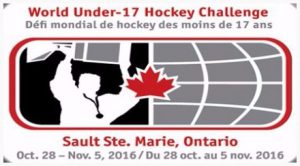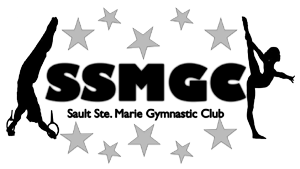Dry needling is an invasive technique used to treat myofascial pain that uses a dry needle, without medication or injection, which is inserted into areas of the muscle known as trigger points (TrPs). A TrP describes a taught band of skeletal muscle located within a larger muscle group. TrPs can be tender to the touch and can refer pain to distant parts of the body. Physical therapists utilize dry needling with the goal of releasing/inactivating the TrPs and relieving pain. Tara has received her certification in Integrated Dry Needling (CIDN) and incorporates this treatment technique into her daily practice.
Integrated Dry Needling (IDN)
- The application of dry needling following a thorough assessment and management plan, which may include other therapies (manual therapy, manipulation, exercise and education).
- Treating the patient’s dysfunction or injury as a whole.
Effects of Dry Needling:
- Increased blood flow and oxygenation of tissues
- Decreased spontaneous electrical activity in TrPs
- Alters muscle length and tension, decreasing tone
- Decreased chemical mediators locally at the TrP (ie. Ach, substance P)
- Stimulates gate control and endogenous opoid pain systems
- Aids in conditioned pain modulation in chronic pain









